Description
Discover the Adorable Sugar Glider: A Perfect Exotic Pet for Enthusiasts
Sugar gliders are small, nocturnal marsupials that have captured the hearts of exotic pet lovers worldwide. Known for their playful nature, social behavior, and unique ability to glide through the air, sugar gliders make delightful companions for those who can meet their specialized care needs. If you’re considering adopting a sugar glider, this guide will provide you with all the essential information to ensure you’re prepared for this rewarding experience.
Introduction to Sugar Gliders
Sugar gliders (Petaurus breviceps) are native to the forests of Australia, Indonesia, and Papua New Guinea. These tiny creatures are named for their love of sweet foods and their ability to glide through the air using a membrane called the patagium, which stretches from their wrists to their ankles. Sugar gliders are social animals that thrive in groups, making them a joy to watch and interact with.
Physical Characteristics
Sugar gliders are small, weighing only 3 to 5 ounces and measuring about 6 to 7 inches in length (excluding their tail). They have soft, grayish fur with a distinctive black stripe running from their nose to their back. Their large, expressive eyes and bushy tails add to their charm, making them one of the most endearing exotic pets.
Behavior and Temperament
Sugar gliders are highly social and intelligent animals. In the wild, they live in colonies and form strong bonds with their group members. As pets, they thrive on interaction and companionship, both with their human caregivers and other sugar gliders. They are nocturnal, meaning they are most active at night, and they communicate through a variety of sounds, including barks, chirps, and crabbing (a noise they make when frightened).
Care Requirements for Sugar Gliders
1. Housing
Sugar gliders need a spacious cage with plenty of room to climb, glide, and explore. The cage should be at least 24 inches wide, 24 inches deep, and 36 inches tall, with horizontal bars for climbing. Include branches, ropes, and toys for enrichment, as well as a nesting box or pouch for sleeping.
2. Diet
A balanced diet is crucial for sugar gliders. Their diet should consist of:
- Fresh fruits and vegetables (e.g., apples, grapes, carrots, and leafy greens).
- Protein sources (e.g., cooked chicken, eggs, or insects).
- A specialized sugar glider pellet or supplement to ensure they receive all necessary nutrients.
- Avoid foods high in fat, sugar, or artificial additives.
3. Exercise and Enrichment
Sugar gliders are active and curious animals that need daily exercise and mental stimulation. Provide toys, climbing structures, and opportunities to glide in a safe, enclosed space. Regular interaction with their owners is also essential for their well-being.
4. Social Needs
Sugar gliders are highly social and should ideally be kept in pairs or small groups to prevent loneliness. If you adopt a single sugar glider, be prepared to spend a significant amount of time interacting with them to meet their social needs.
Legal Considerations
Before adopting a sugar glider, research the legal regulations in your area. While sugar gliders are legal to own in many places, some regions have restrictions or require permits. Always ensure compliance with local laws to avoid legal issues.
Why Adopt a Sugar Glider?
Sugar gliders are affectionate, playful, and fascinating pets that can bring joy and companionship to your life. Their small size and unique behaviors make them a popular choice for exotic pet enthusiasts. However, they require a dedicated owner who can provide the time, attention, and care they need to thrive.
Interesting Facts About Sugar Gliders
- Sugar gliders can glide up to 150 feet in a single leap, using their patagium to steer and control their descent.
- They are marsupials, meaning females carry their young in a pouch.
- Sugar gliders have a lifespan of 10 to 15 years in captivity with proper care.
- They are known for their strong bond with their owners and can become very attached.
Conclusion
Sugar gliders are enchanting and unique pets that can bring endless joy to the right owner. If you’re prepared to meet their social, dietary, and environmental needs, adopting a sugar glider can be a deeply rewarding experience. Remember, these tiny marsupials thrive on companionship and care, so ensure you’re ready for the commitment before bringing one into your home.
At exoticpetscare.com, we are here to help you find the perfect exotic companion. Contact us today to learn more about adopting a sugar glider and to explore other exotic pet options available to you.
Sugar Glider Adoption, Exotic Pet Care, Sugar Glider as a Pet, Sugar Glider Characteristics, Exotic Pet Laws

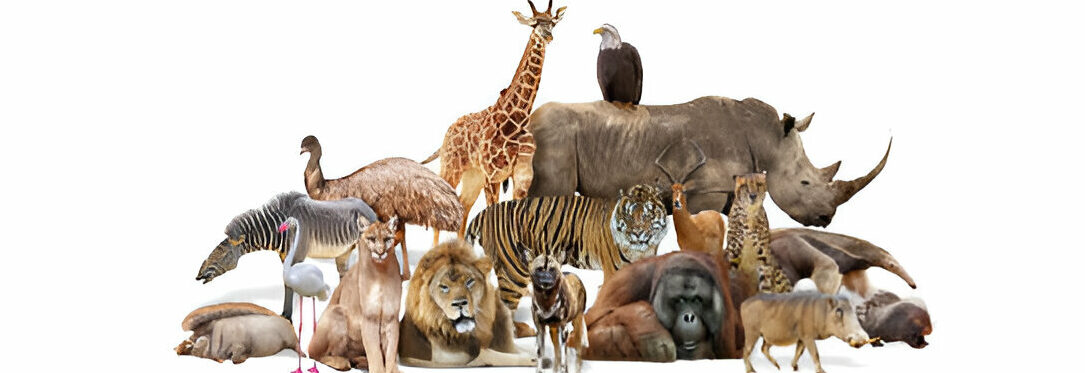
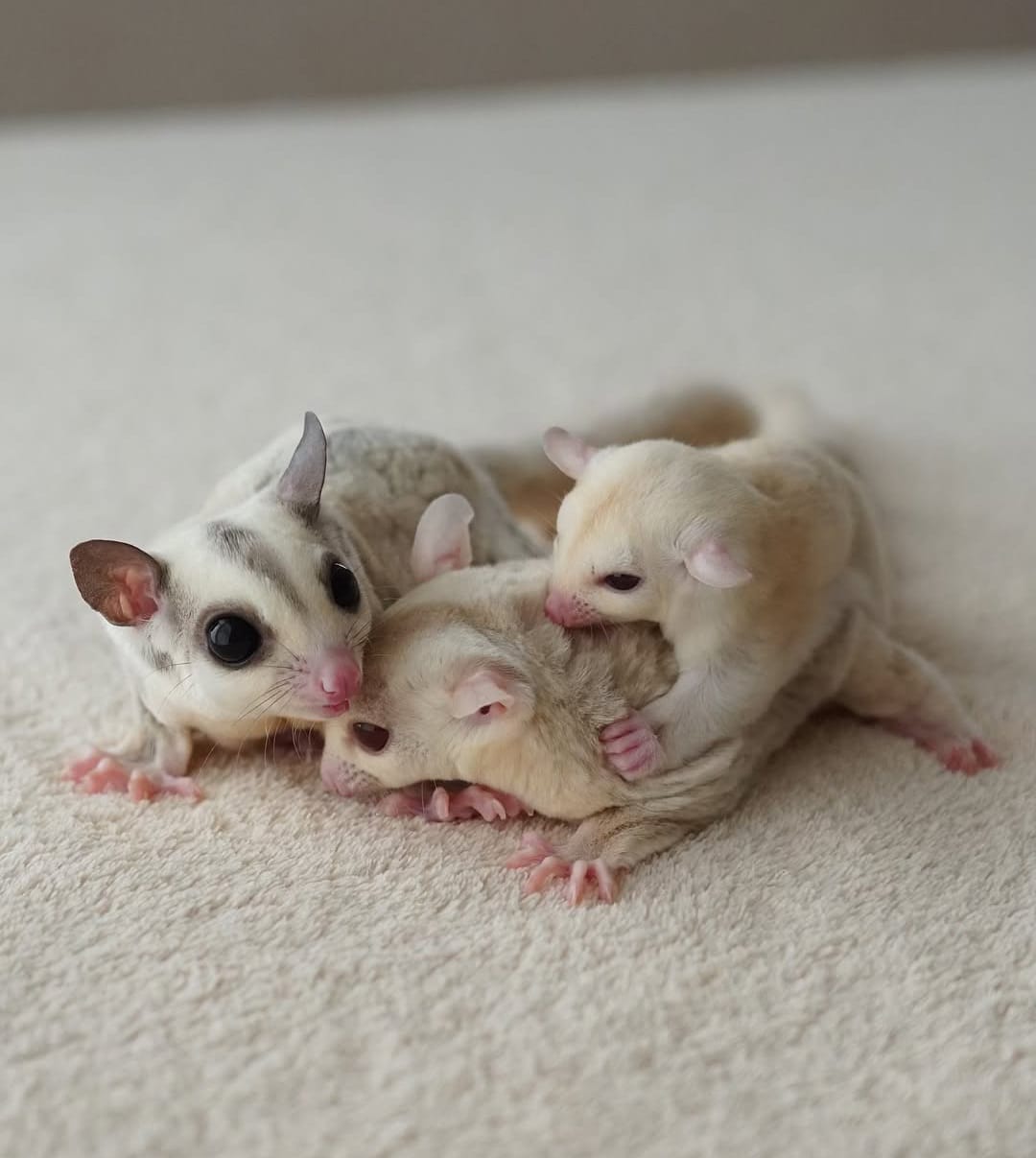
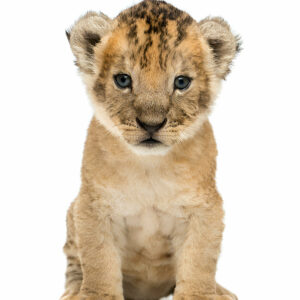
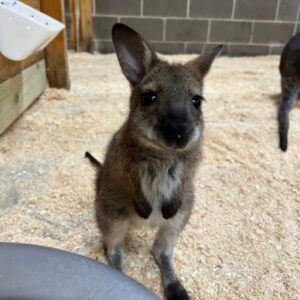
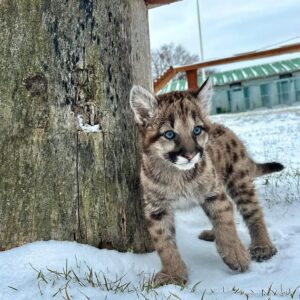

Reviews
There are no reviews yet.